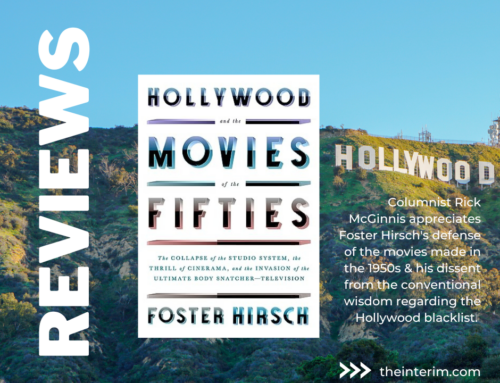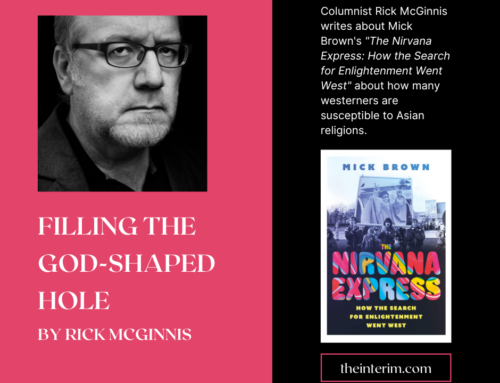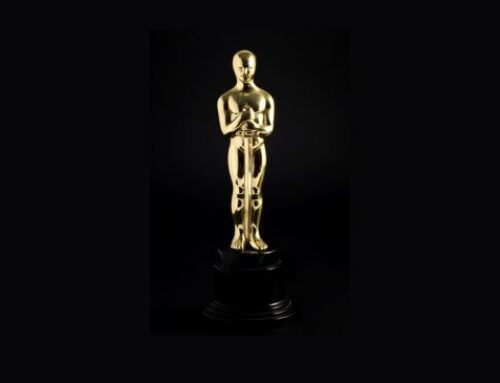 Maybe it’s a good thing, but war movies aren’t anywhere near as popular as they used to be. There is, to be sure, no shortage of violent films doing decent box office, many set amidst vast wars fought in space, or in some wild reimagining of the distant, even mythological past. But dramas set during wars happening in recent memory are thin on the ground; on a scale of moribund dramas, the war film languishes somewhere slightly higher than the musical comedy, but a long way above the western.
Maybe it’s a good thing, but war movies aren’t anywhere near as popular as they used to be. There is, to be sure, no shortage of violent films doing decent box office, many set amidst vast wars fought in space, or in some wild reimagining of the distant, even mythological past. But dramas set during wars happening in recent memory are thin on the ground; on a scale of moribund dramas, the war film languishes somewhere slightly higher than the musical comedy, but a long way above the western.
After decades of stories about famous battles and the men fighting them, some novelty is required, which is probably why – aside from the considerable pull of its star and director, actor George Clooney – a film like Monuments Men got made.
It’s based around a very true, and utterly fascinating story. Unique among the Axis powers, the Nazis based not only their economy and their foreign policy but their cultural future on kleptocracy – the confiscation of land, resources and treasure from their defeated enemies, within and without Germany. As they rolled across Europe and Russia, they filled trucks and trains, and then warehouses and underground mines with anything of value, with special care taken to take the best art on display in museums, galleries and private homes.
This was hoarding on an international scale, and the best of the best was destined for the museum Adolf Hitler intended to build once he’d conquered the world, with select bits here and there making their way to the homes of his lieutenants and toadies. Some – the Picassos and other modern work the dictator hated – were destroyed, though when the end was nigh and it looked like his triumphal museum wasn’t going to be built, the order went out to destroy whatever hadn’t already fallen victim to the war itself, a last catastrophic tantrum by which the Nazis intended to leave their mark on history and culture.
In response the U.S. organized a unit of very unsoldierly artists, academics, critics, and curators to try and save these treasures and return them to their homes. With classic Hollywood economy, Clooney reduced the four hundred or so personnel of the Monuments, Fine Art and Archives Program to about a half dozen men, played by an all-star cast including Matt Damon, John Goodman, and Bill Murray.
I have insisted for years that there is no such thing as a period film, inasmuch as any film, no matter when it’s set, will inevitably reflect the prejudices, assumptions and anxieties of the time when it was made. I might have discovered my first exception with Monuments Men, which made it to the screen without director Clooney striving to compare World War II or the U.S. Army with Afghanistan, Iraq, George W. Bush or Barack Obama. He manages this mostly by making a film so straightforward and conventional in style that it might as well have been released in 1956, and made by George Stevens, Henry Hathaway, or some other journeyman director.
(The film also contains a scene I’m still scratching my head over. Lt. Granger (Matt Damon) is trying to trace a horde of art stolen from Paris by the Nazis, and enlists the help of Claire, a local gallery official played by Cate Blanchett. A flirtation develops which Claire seems happy to see go to the next step, reasoning that this would be the French thing to do. Granger is married, and while he visibly wrestles with temptation, decides to do the honourable thing and politely turns Claire down, heading off to track down the Nazi plunder. This show of restraint and fidelity was so unexpected in a contemporary film that if Godzilla had suddenly shoved a scaly hand through the window of Claire’s apartment and helped himself to some wine and a chunk of brie, I would not have been more surprised.)
The most surprising thing about the film, though, is its earnestness. Clooney and his motley squad are shown to be genuinely in awe when they land on Omaha Beach in the wake of the D-Day landings, and they go about their mission with simple heroism uncomplicated by personal motives, cynicism, or ideology. The film begins with Clooney’s character arguing the thesis that Europe’s artistic heritage will be necessary in the aftermath of war to prevent the defeated and demoralized continent’s people from flocking to some other extreme, totalitarian ideology out of despair – resurgent fascism or, it’s implied in the pregnant prelude to the Cold War, communism.
That there’s some inherent quality in a medieval altarpiece or a Renaissance painting or an impressionist watercolour that inoculates the viewer against bigotry or political fanaticism is a fascinating idea, albeit one that the film never bothers to argue or explain, taking it as a given. It’s a profoundly middlebrow conceit, and as out of step with today as Clooney’s film itself, and seeing it explained and made relevant to a modern audience is the one compelling reason to wish Monuments Men had been a bit more contemporary in its execution, even if that might have made the film, in parts if not in whole, far more insufferable.
In a world where the lowbrow seems to have triumphed while highbrow art has garrisoned itself behind walls of critical jargon and pointless shock tactics, the middlebrow has fled the scene. In the years before and especially after World War II, it held an important if sometimes derided place in popular culture, precisely because it was once presumed that classical symphonies, operatic arias, great paintings, and serious novels and poetry spoke to some part of the average person that encouraged their humanity, and taught them to aspire to virtues that required effort to embrace.
That idea can’t be wholly defunct if a film like Monuments Men can get made in the second decade of the 21st century. But the general critical drubbing it’s received, not to mention the decision to release it in the depth of winter, well out of consideration for any Oscar nomination, suggests that the middlebrow idea has few subscribers these days, and scant support from an entertainment industry that once considered the middlebrow to be a benchmark of artistic quality.




